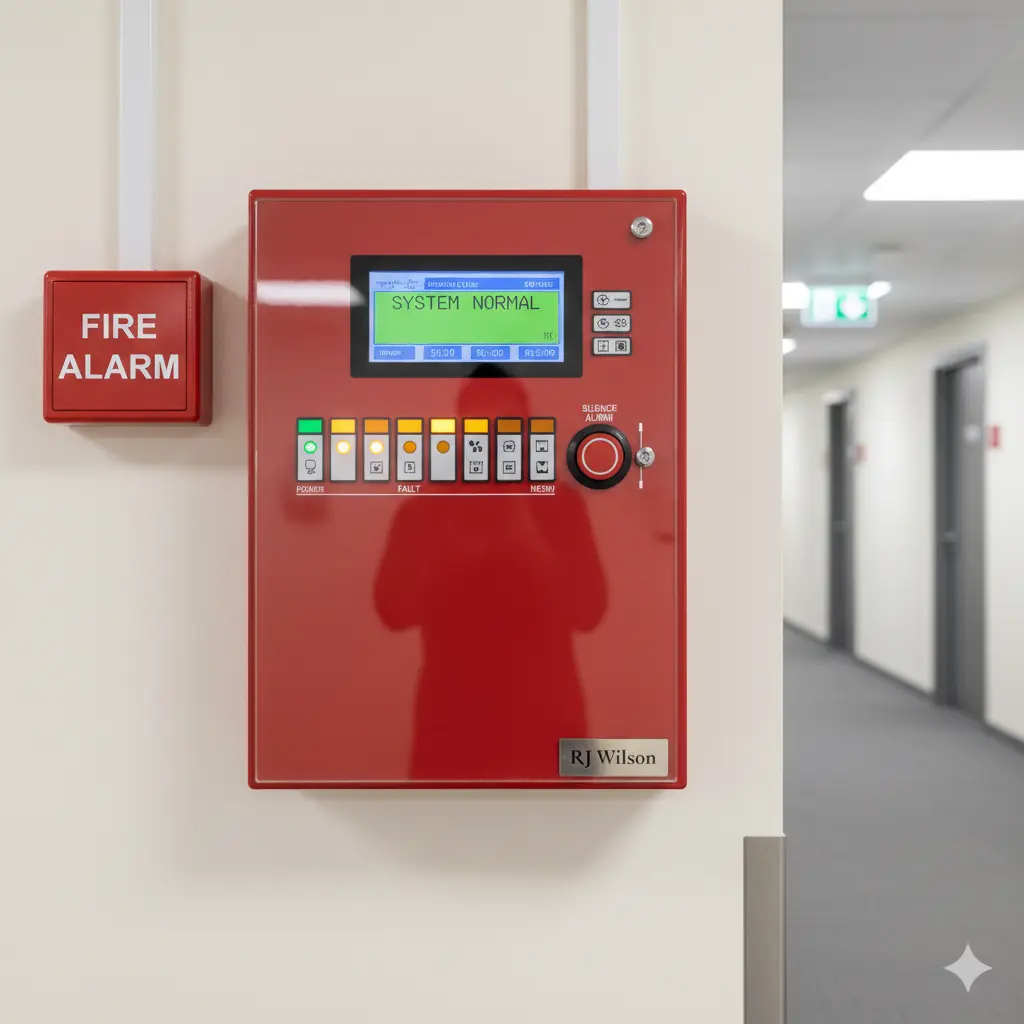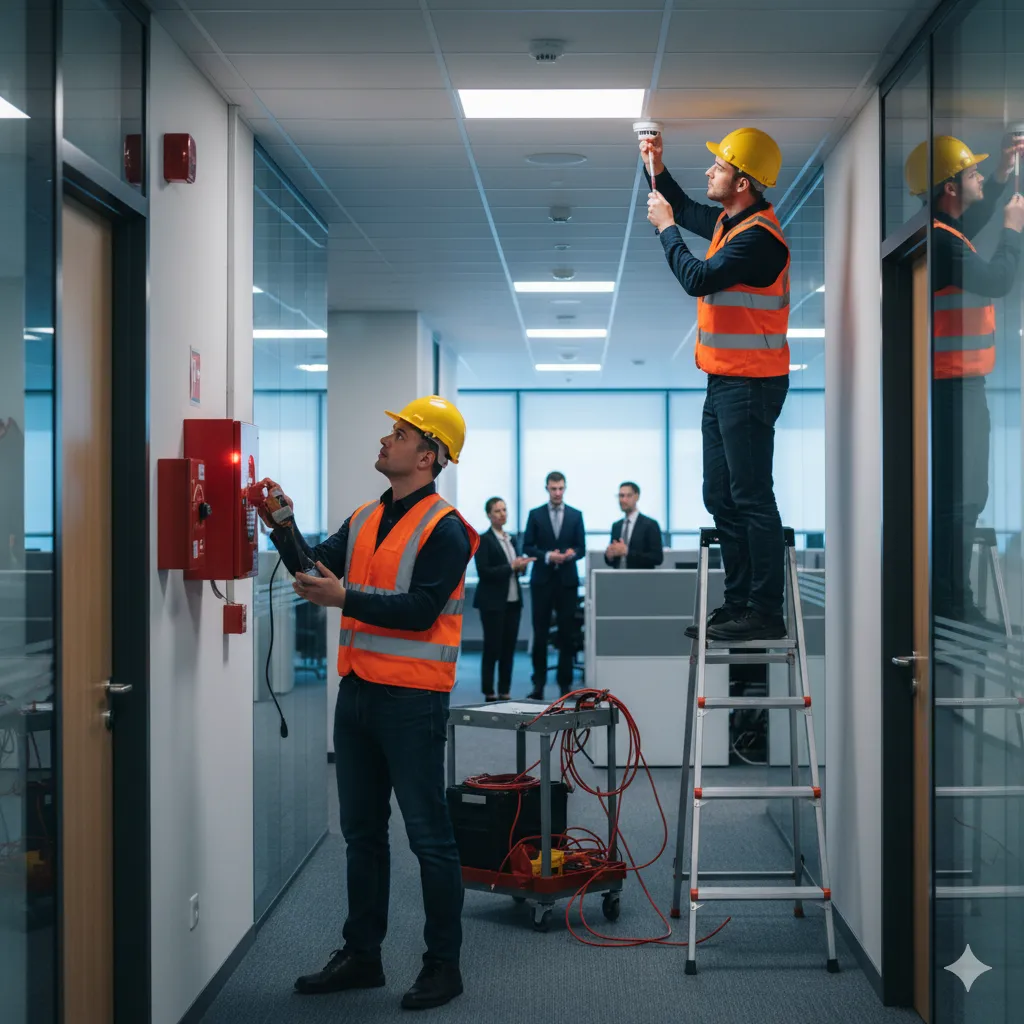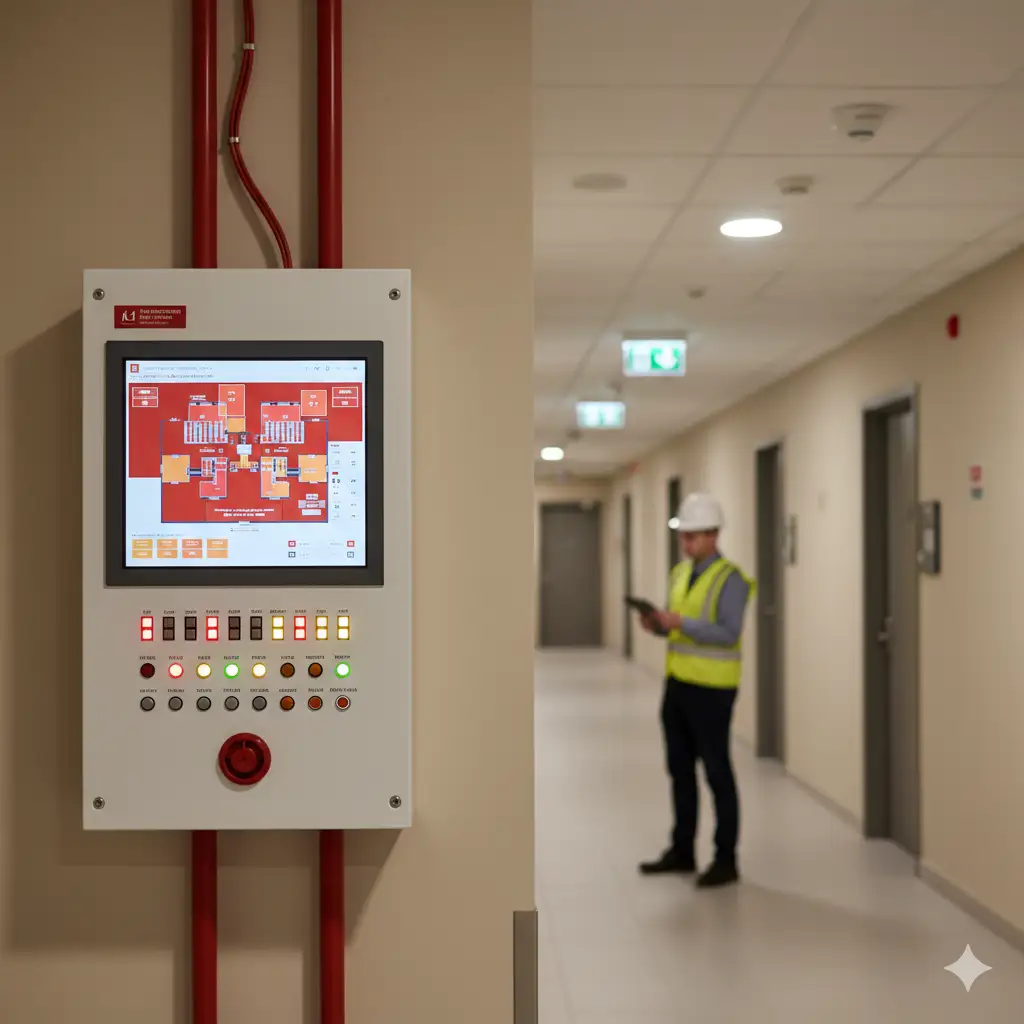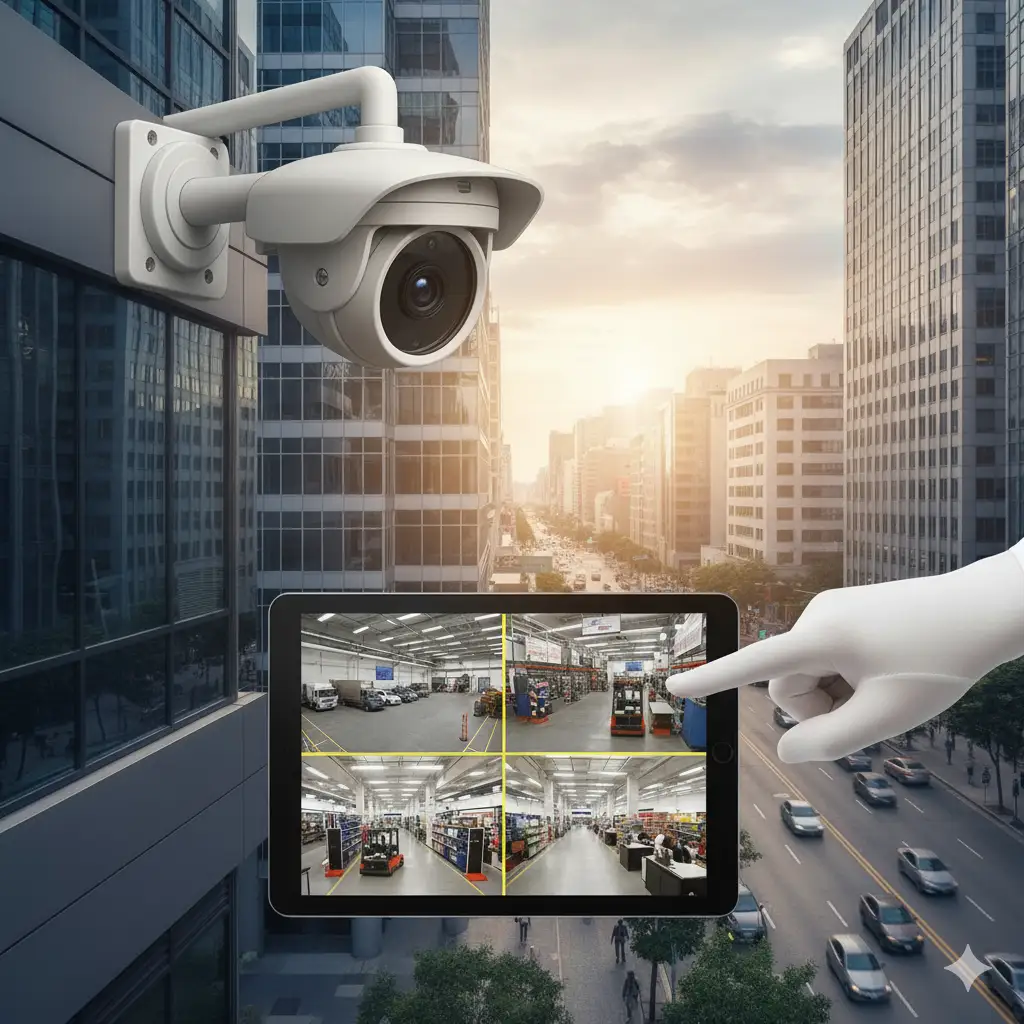Fire safety is serious business. And in the UK, when you talk about fire alarms, you’re gonna hear about BS 5839. This British Standard is super important. It’s not just a set of rules, it’s about keeping people safe. It tells you how to design, install, commission, and maintain your fire alarm system. If you got a building, you need to know about this.
Why BS 5839 Matters
Think of BS 5839 like a blueprint for fire safety. It makes sure fire alarm systems actually work when they need to. Without it, you could have a system that looks good but fails when a fire breaks out. That’s a nightmare. The standard helps avoid confusion and makes sure everyone involved, from the people designing the system to those using it, are on the same page. It’s not just for big buildings either, even smaller places have to follow parts of it.
The Different Parts of BS 5839
This standard ain’t just one document. It’s split into different parts. Each part covers a specific area of fire alarm systems. This is good because it means you can focus on what’s relevant to you.
BS 5839-1: For Non-Domestic Buildings
This is the big one for most businesses and public buildings. BS 5839-1 deals with fire detection and fire alarm systems for non-domestic premises. It covers everything from the initial planning and design to the installation, getting it working (commissioning), and then keeping it running properly (maintenance).
It talks about different ‘categories’ of systems. These categories are important because they tell you how much protection a system should offer. For example:
- Category P Systems: These are about protecting property. They aim to detect fire early to limit damage to the building and its contents.
- Category L Systems: These are about protecting life. They’re designed to give people enough time to escape safely. There are different levels within Category L, like L1, L2, L3, L4, and L5, each offering a different level of life protection. L1 offers the most comprehensive coverage, with detectors in all areas, while L5 is for specific risks.
Choosing the right category depends on things like the building’s use, how many people are in it, and the risks involved. It’s not a one-size-fits-all deal. You gotta think about what you’re trying to protect most.
BS 5839-6: For Domestic Dwellings
This part is for homes. BS 5839-6 focuses on fire detection and fire alarm systems in domestic dwellings. This means houses, flats, and maisonettes. It’s just as important as the non-domestic part, but the requirements are tailored for residential settings. It covers things like where to put smoke alarms and heat alarms in your home. It’s all about making sure families are safe where they live.
It also has different grades of systems, from simple battery-powered alarms to more complex mains-powered interconnected systems. The grade you need often depends on the type of dwelling and its size.
Design and Installation
Getting the design right is crucial. You can’t just stick alarms anywhere. The standard gives guidance on where detectors should go, what type of detectors to use, and how the system should be wired. An alarm needs to be heard everywhere it should be. And it needs to be reliable.
Installation has to be done by competent people. Wires need to be run correctly, components fixed securely, and everything tested. A bad installation can mess up even the best design.
Commissioning Your System
Once installed, the system needs commissioning. This is where it’s thoroughly checked to make sure it works as designed. All devices are tested, signals confirmed, and the control panel checked for correct operation. It’s like the final exam for the fire alarm. A commissioning certificate is issued if everything passes, and that’s a very important document.
Maintenance is Key
A fire alarm system is not a ‘fit and forget’ thing. It needs regular maintenance. BS 5839 details how often systems should be serviced, what checks need to happen, and who should do them. This includes weekly user checks, monthly tests, and periodic inspections by a fire alarm engineer.
If you don’t maintain your system, it might not work when you really need it to. And that could have serious consequences. Faults can develop, batteries can run out, and dust can affect detectors. Regular maintenance keeps everything in working order.
Who is Responsible?
The building owner or responsible person has a legal duty to make sure a suitable fire alarm system is in place and maintained. This means understanding BS 5839 or getting help from someone who does. You can’t just ignore it. Ignorance is not an excuse when it comes to fire safety.
Getting Help
Understanding all the ins and outs of BS 5839 can be tricky. It’s a technical document. This is why it’s smart to work with fire safety professionals. They know the standard inside out and can help you design, install, and maintain a system that meets all the requirements. It’s an investment in safety.
Don’t guess with fire safety. Get it right.




